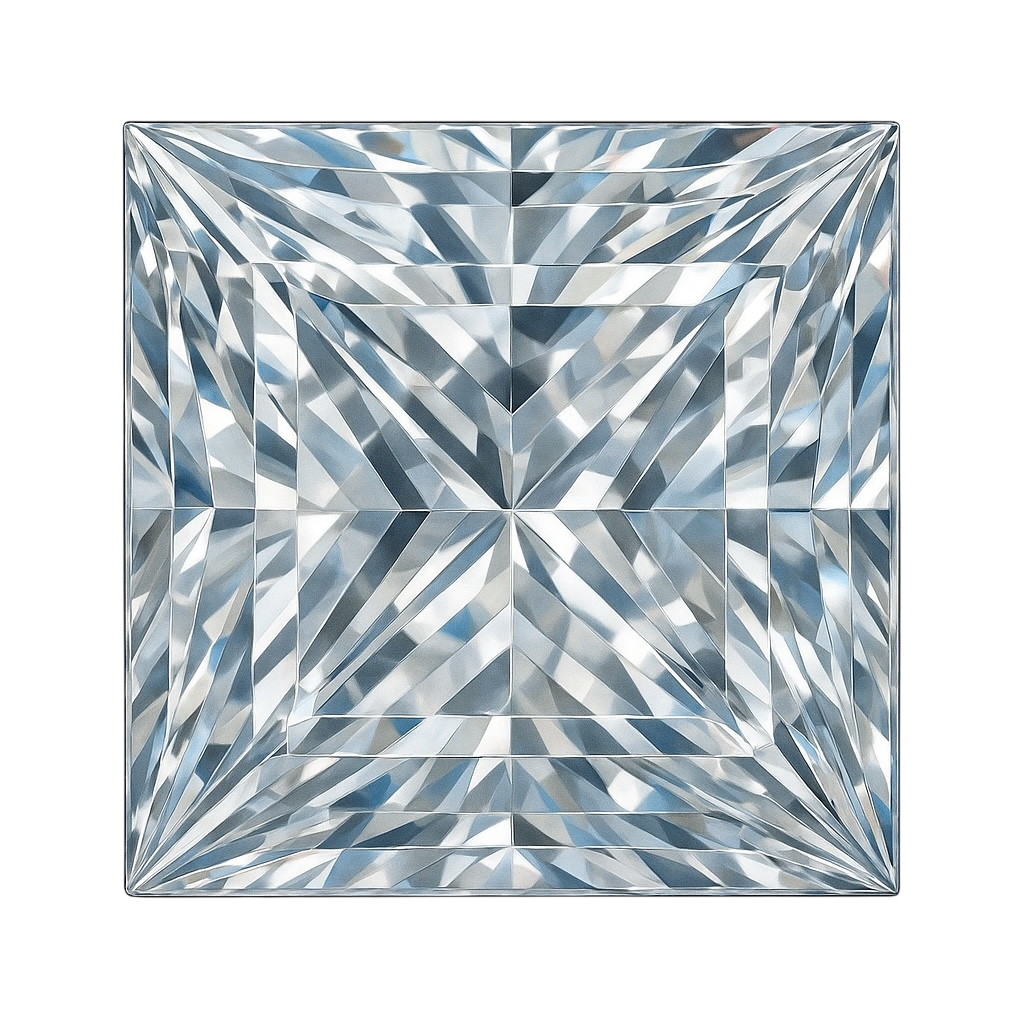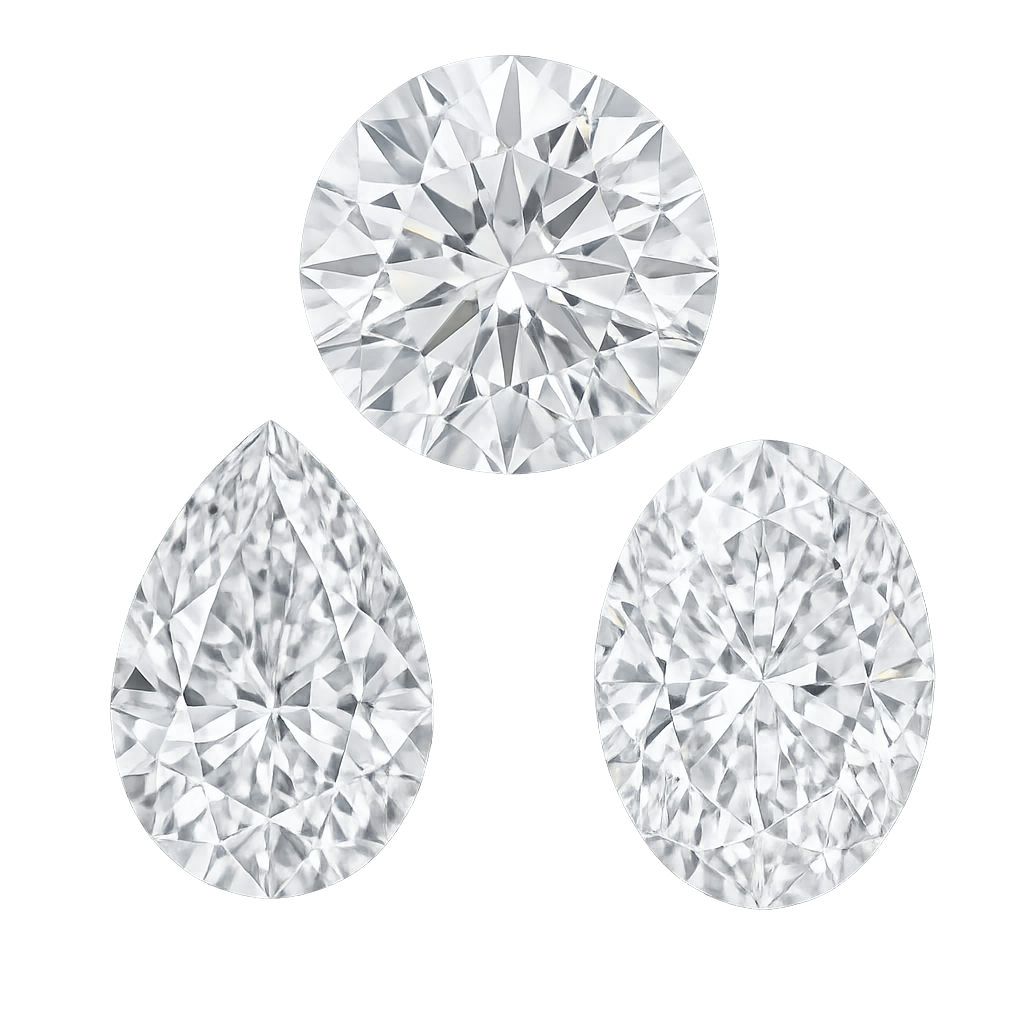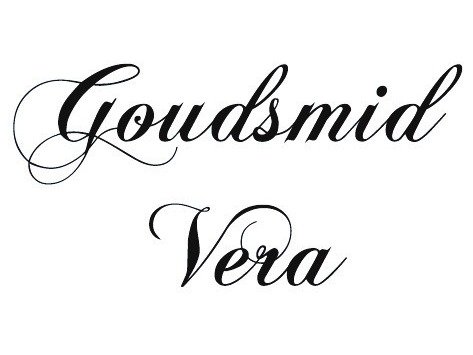
Diamond
Color: Diamond appears in many colors, from colorless (clear) to yellow, blue, pink, green, and rare colors such as red or purple. Colorless and clear diamonds are the most popular.
Hardness: 10 on the scale of Mohs. Diamond is the hardest natural mineral and very suitable for jewelry that is worn daily.
Location: Major sources include South Africa, Botswana, Russia, Canada, Australia, and Brazil.
Types and Characteristics:
-
Colorless diamond: Very clear and without visible color; the most highly valued variety.
-
Colored diamond (fancy color): Diamonds in rare colors such as blue, pink, yellow, or green; very exclusive and highly valuable.
-
Lab diamond: Chemically and physically identical to natural diamonds, but created in the laboratory.
-
Imitation diamond: Diamond imitations such as cubic zirconia or moissanite; resemble real diamonds but are different in hardness, brilliance, and price.
Cut: The cut determines how light is refracted and reflected within the diamond. Popular cuts include round brilliant, princess, cushion, emerald, pear, and marquise. A good cut significantly enhances the diamond’s sparkle and visual impact. A round brilliant cut diamond traditionally has 57 facets.
Value: The value of a diamond is determined by the four C’s: Carat (weight), Cut, Color, and Clarity. Colorless, flawless, and well cut stones are the most valuable, while rare colored diamonds (fancy colors) are also highly valuable.

